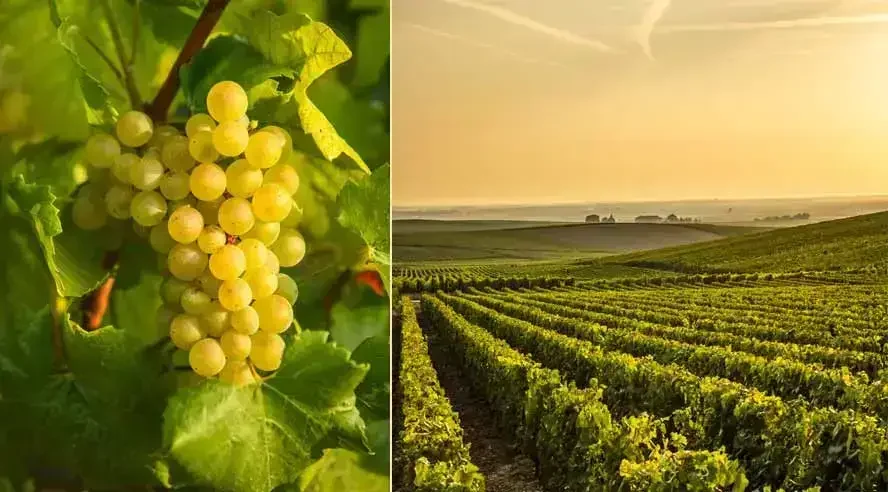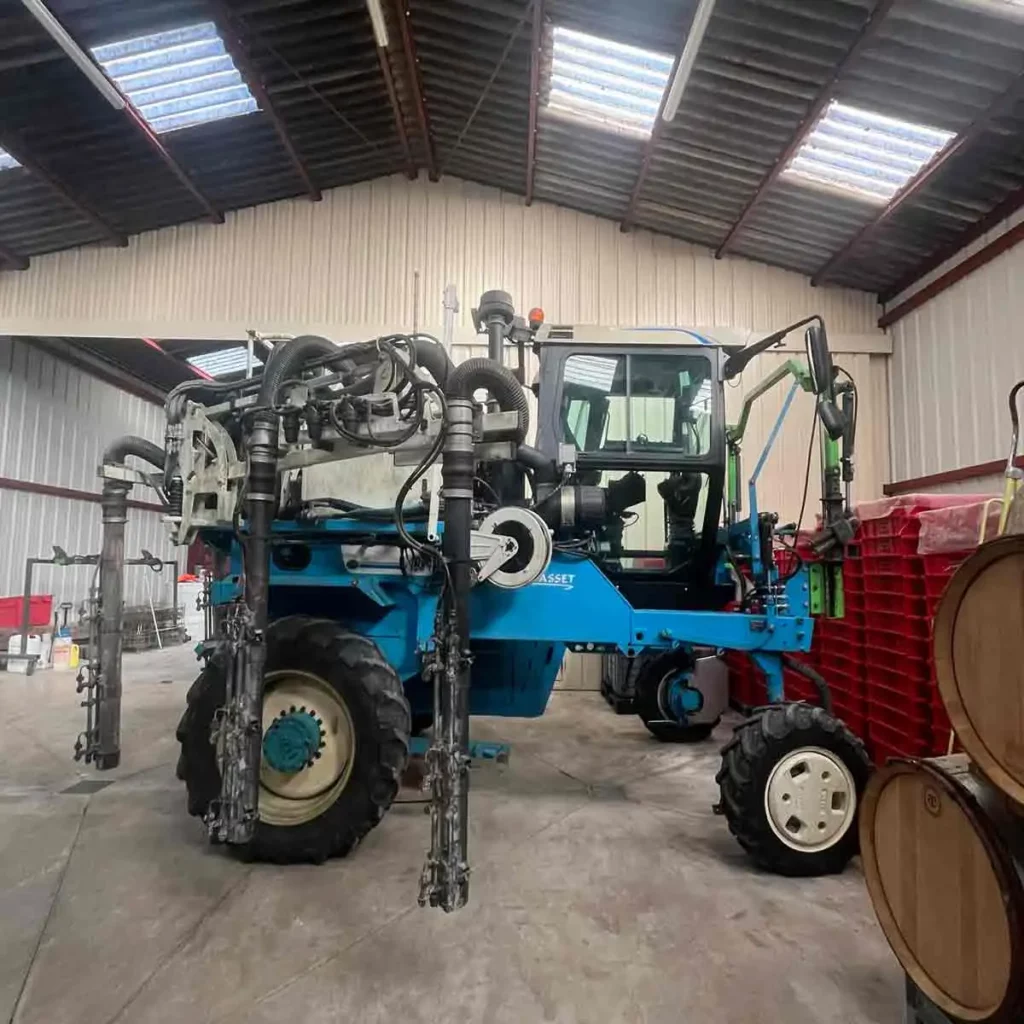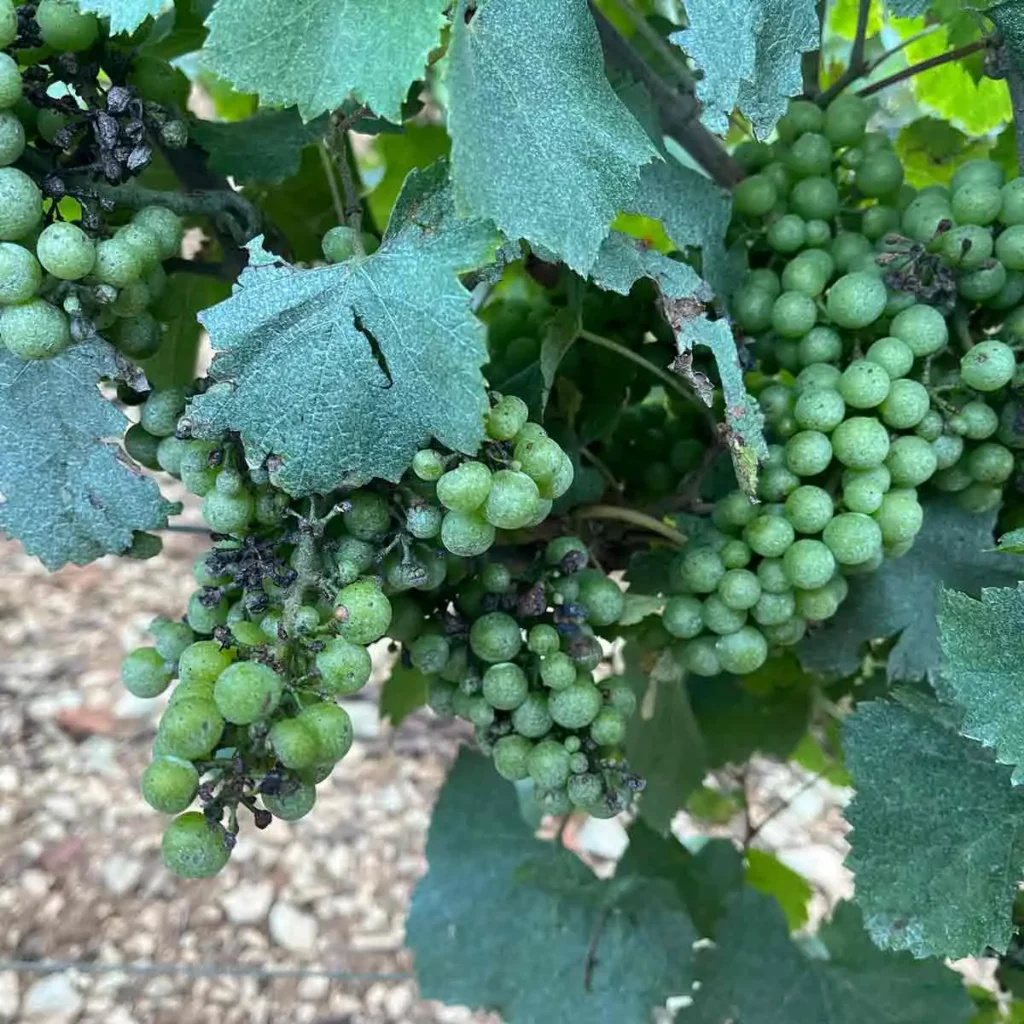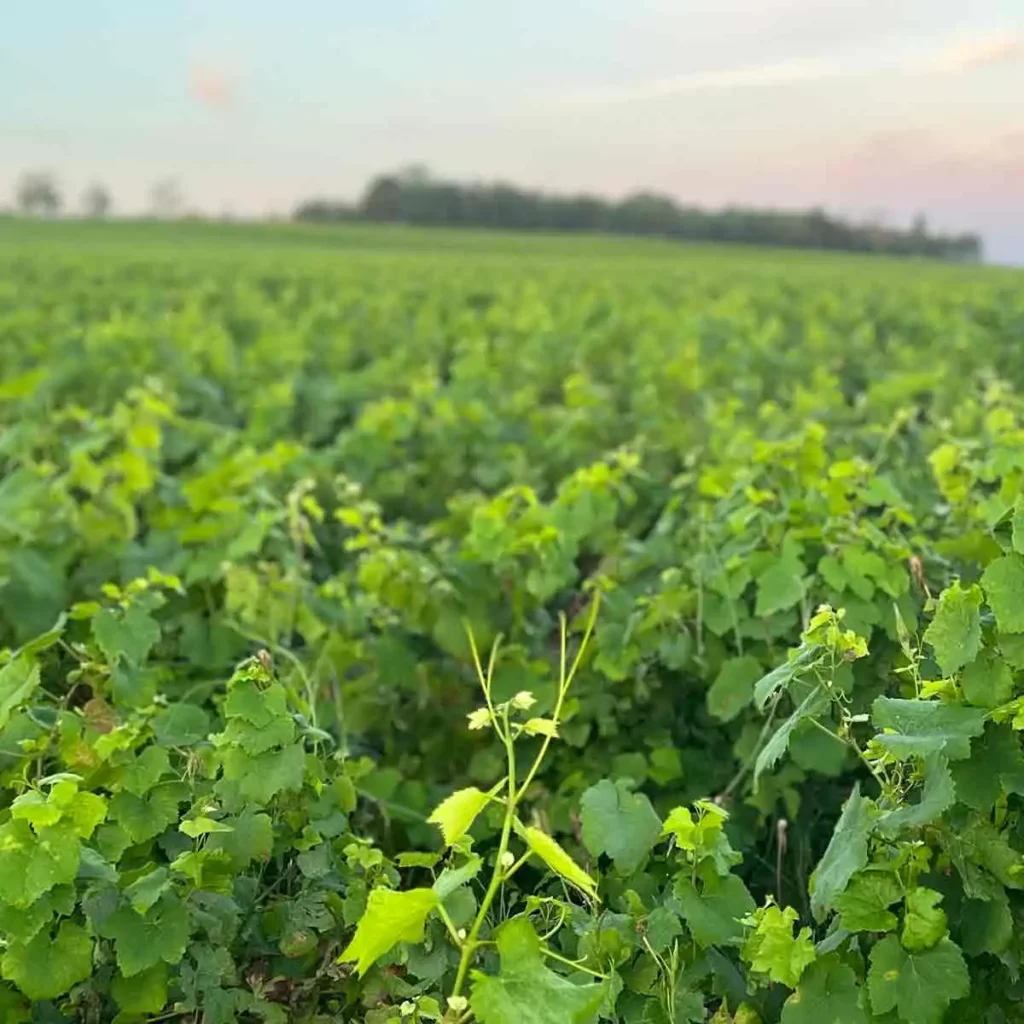
When harvest time arrives, the excitement in the vineyards is at its peak. It’s the culmination of months of hard work and considerable effort, put in on a daily basis, to guarantee the exemplary quality of the grapes in order to produce an exceptional wine. Unfortunately, in view of global warming, they have to adapt their practices. Let’s find out how.
Wineries, cooperatives and winegrowers have all realized that Champagne is a Rare treasure that must be nurtured to ensure its longevity and legacy for future generations. That’s why everyone adopts eco-responsible practices to maximize yields while respecting the environment.
Global warming is one of the factors to be taken into account. It has a considerable impact on vine health and yields, as well as bringing forward the harvest date. Today, it is done up to 20 days earlier than 30 years ago. As a result, harvesting conditions are more difficult for grape-pickers, who have to contend with higher temperatures during this intense period. Champagne is also a wine with high acidity; harvesting must be carried out before the grapes reach maturity or over-ripeness, to preserve their acidity. However, if the climate warms up too much, this could affect grape ripening and reduce acidity, or bring them to over-ripeness and thus reduce yields. Global warming therefore represents both social challenges for grape-pickers and environmental challenges for vines and grapes.
Eco-viticultural practices fall into five categories: Efforts to reduce carbon footprint and water footprint, as well as respect for biodiversity, are particularly deployed in the vineyards. The circular economy is also promoted, as is the goal of Viticulture Durable en Champagne certification (the aim is to reach 100% by 2030). Each in its own way, these practices play an essential role in the development of the Champagne economy.

In the vineyards, reducing the carbon footprint means using electric tractors or vineyard robots, eliminating phytosanitary products and planting hedges to absorb CO2. As an ecological weedkiller, some homes use sheep or horses to reduce the CO2 emitted by the phytosanitary products or polluting machines initially used.
When phytosanitary products are used in the vineyards, avec rain for example, they end up in local rivers, damaging the flora and fauna. To avoid this, the Champagne region uses mating disruption to replace the use of these products. In addition, investment in water management systems helps to combat soil erosion.


The intensive use of phytosanitary products over the last century, combined with global warming, has considerably reduced biodiversity in vineyards, threatening the Champagne region’s precious ecosystem. Winegrowers are now adopting innovative practices such as grassing, natural weedkillers, the creation of ecological corridors, and the integration of certain insect and animal species in and around the vineyards.
For example, Ruinart recently removed a line of vines to create an ecological corridor by planting trees to boost biodiversity.
Thanks to all these eco-viticultural practices, Champagne is one of the most responsible terroirs in France.
Sources: CIVC, Master’s thesis Flavie Mamin 2024